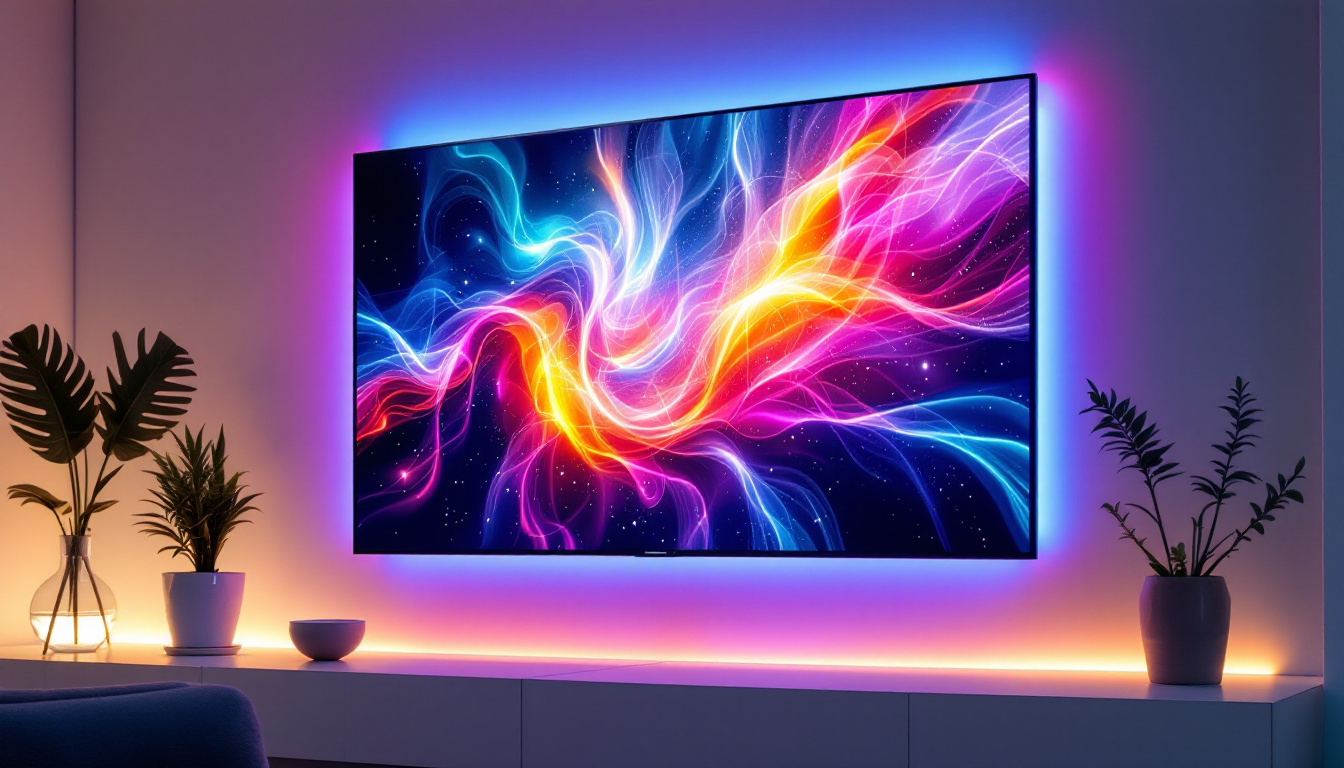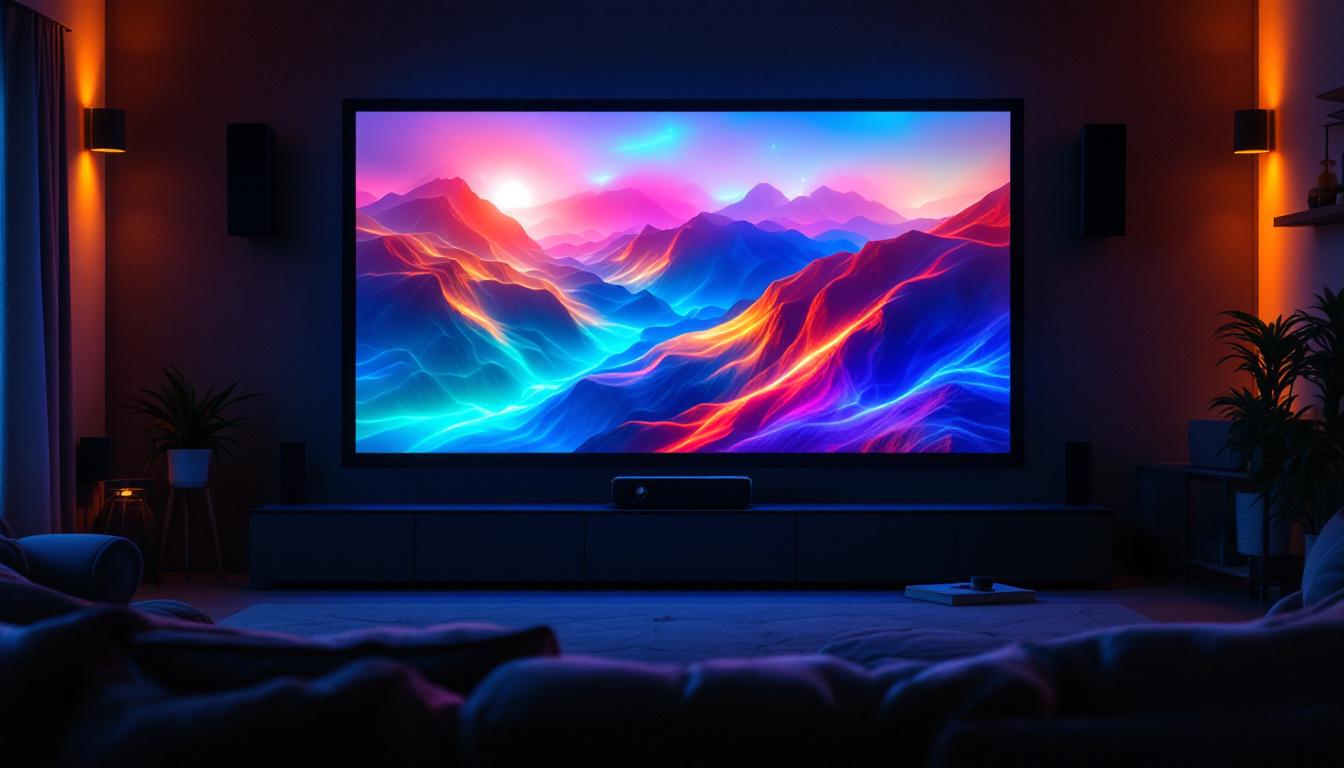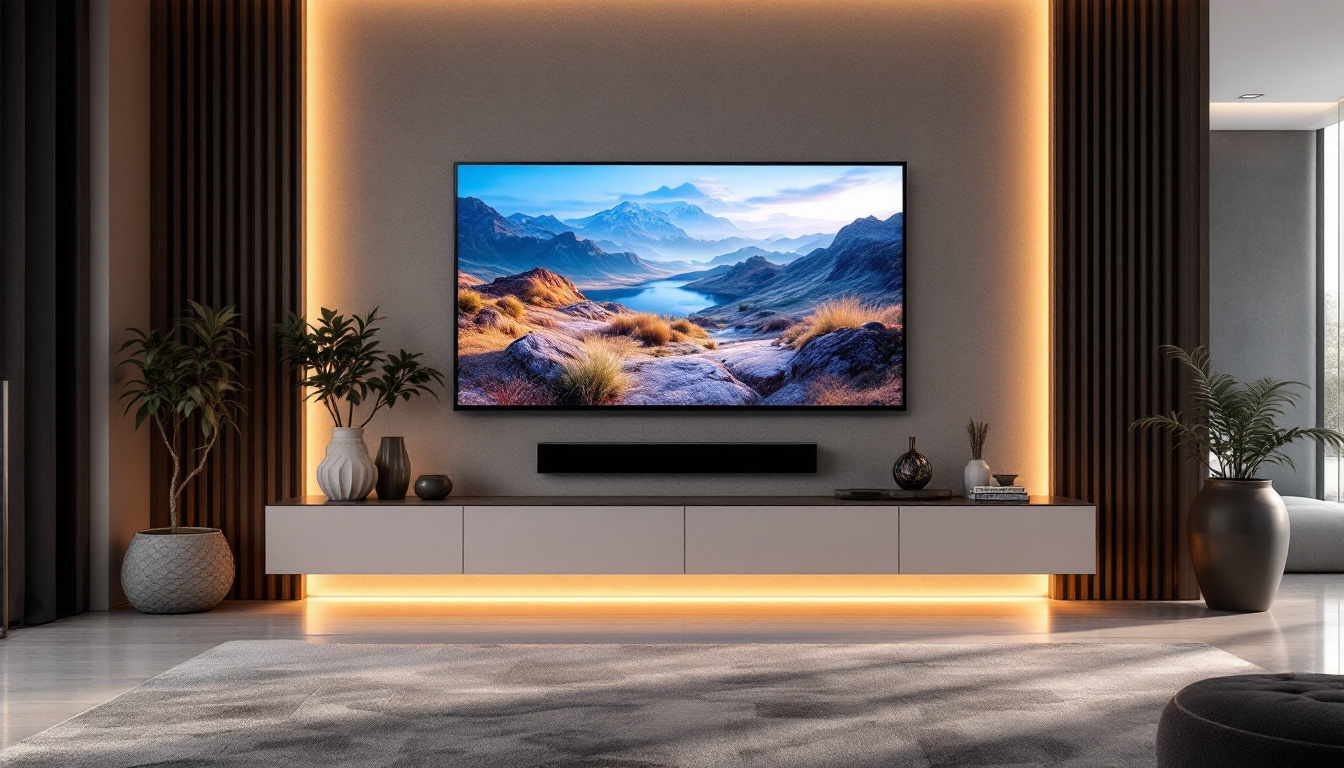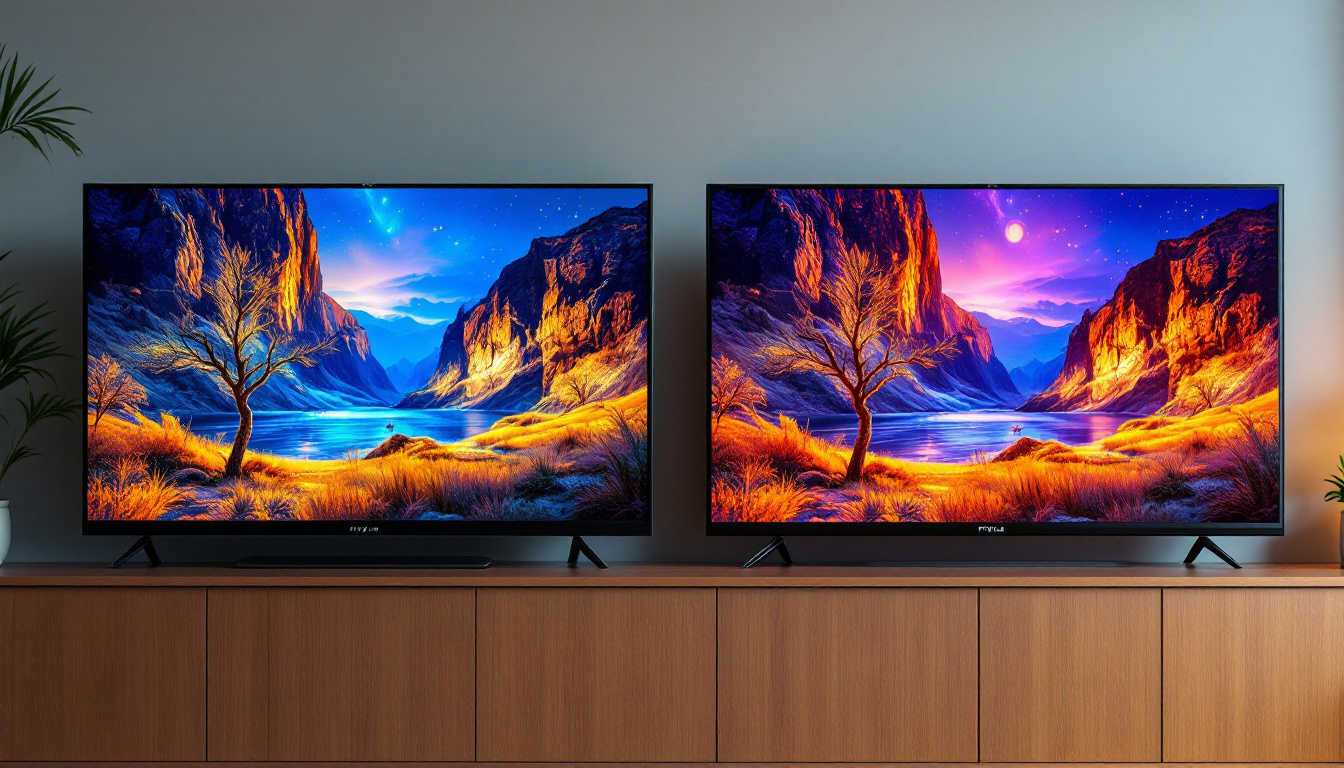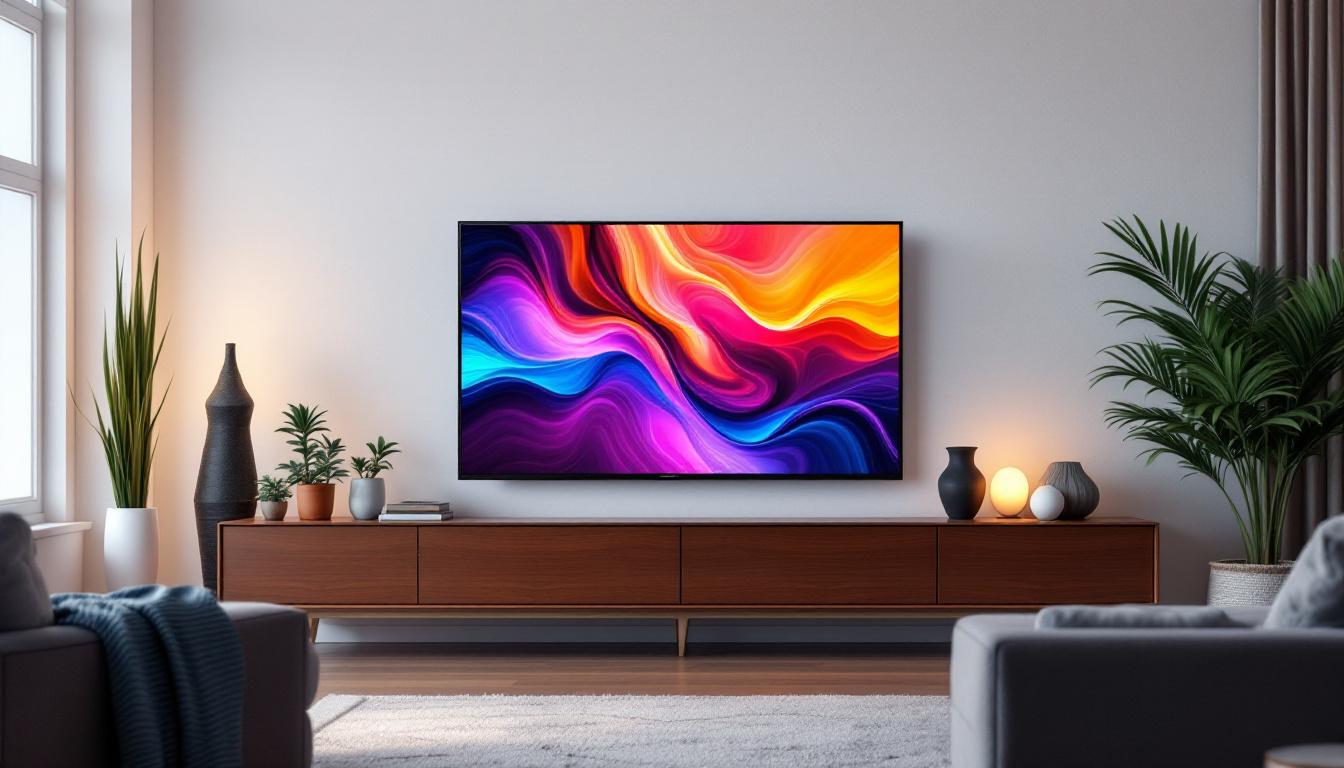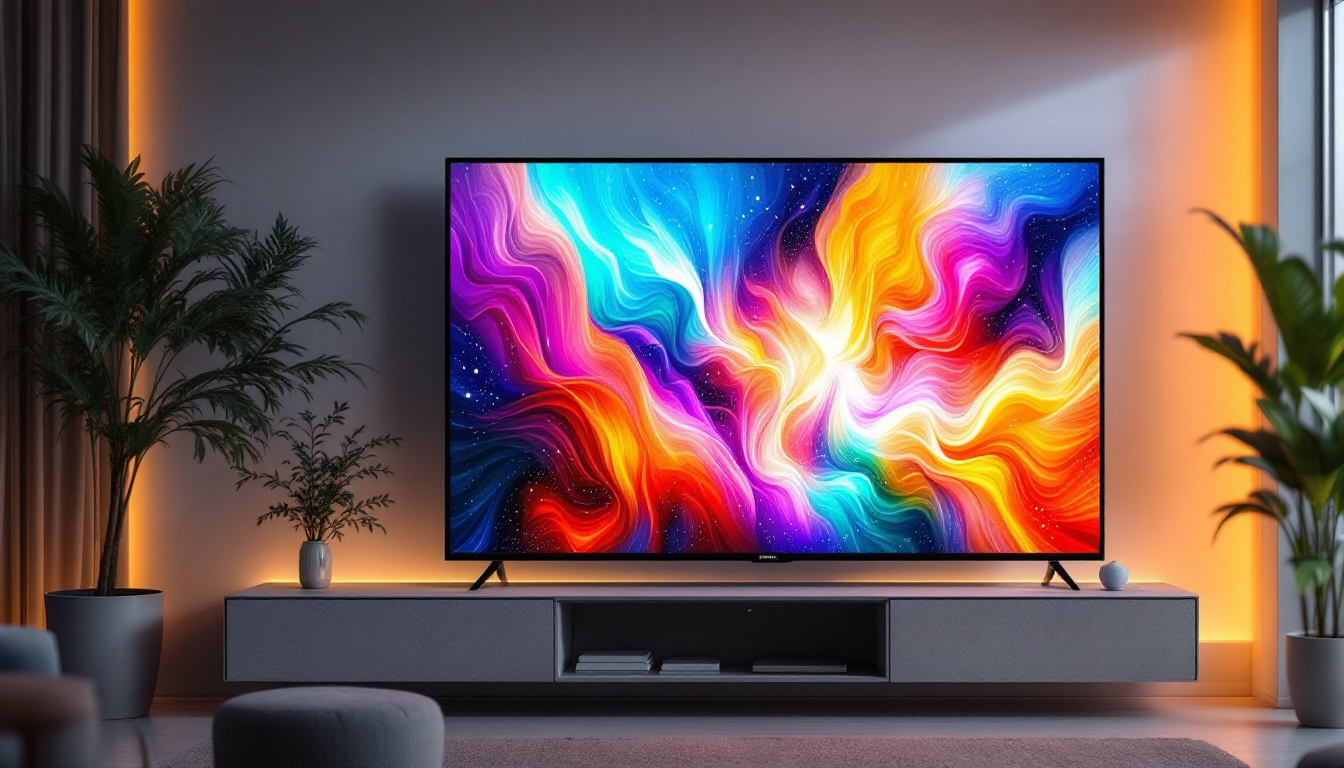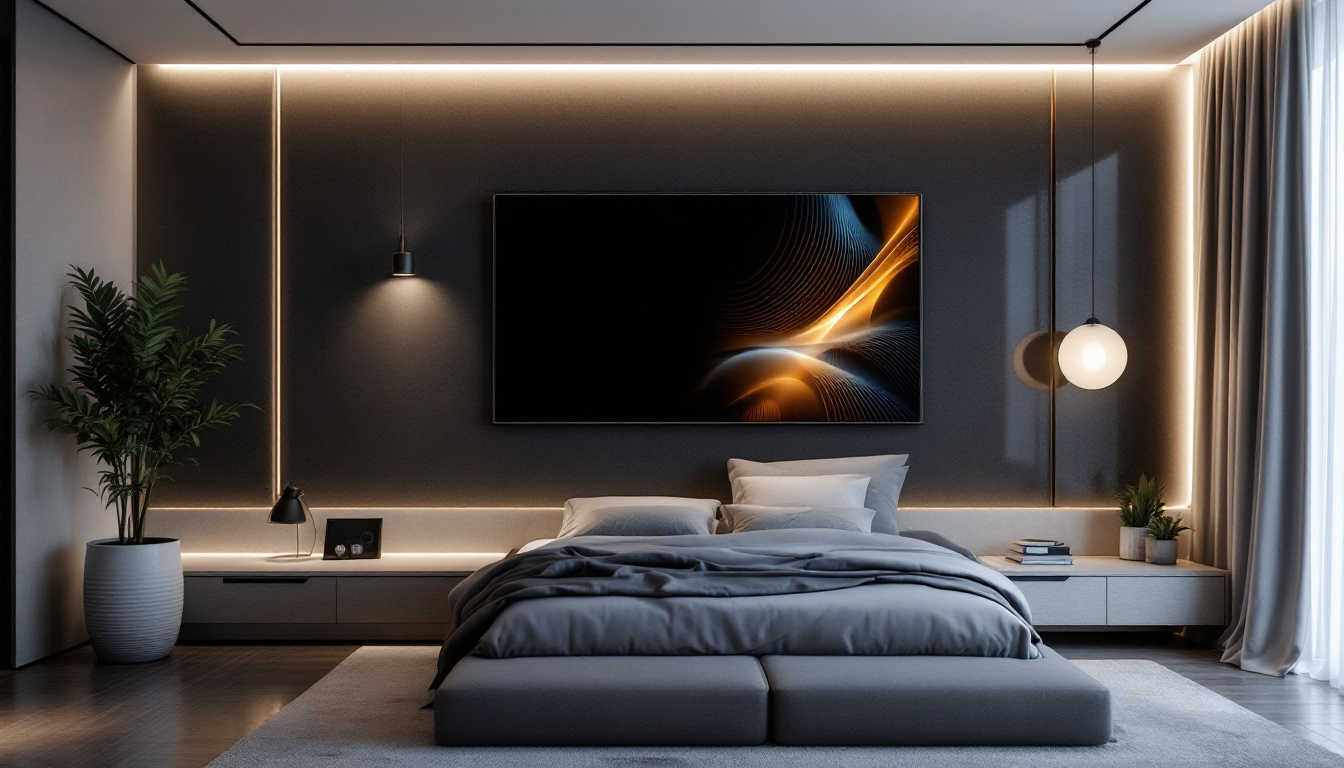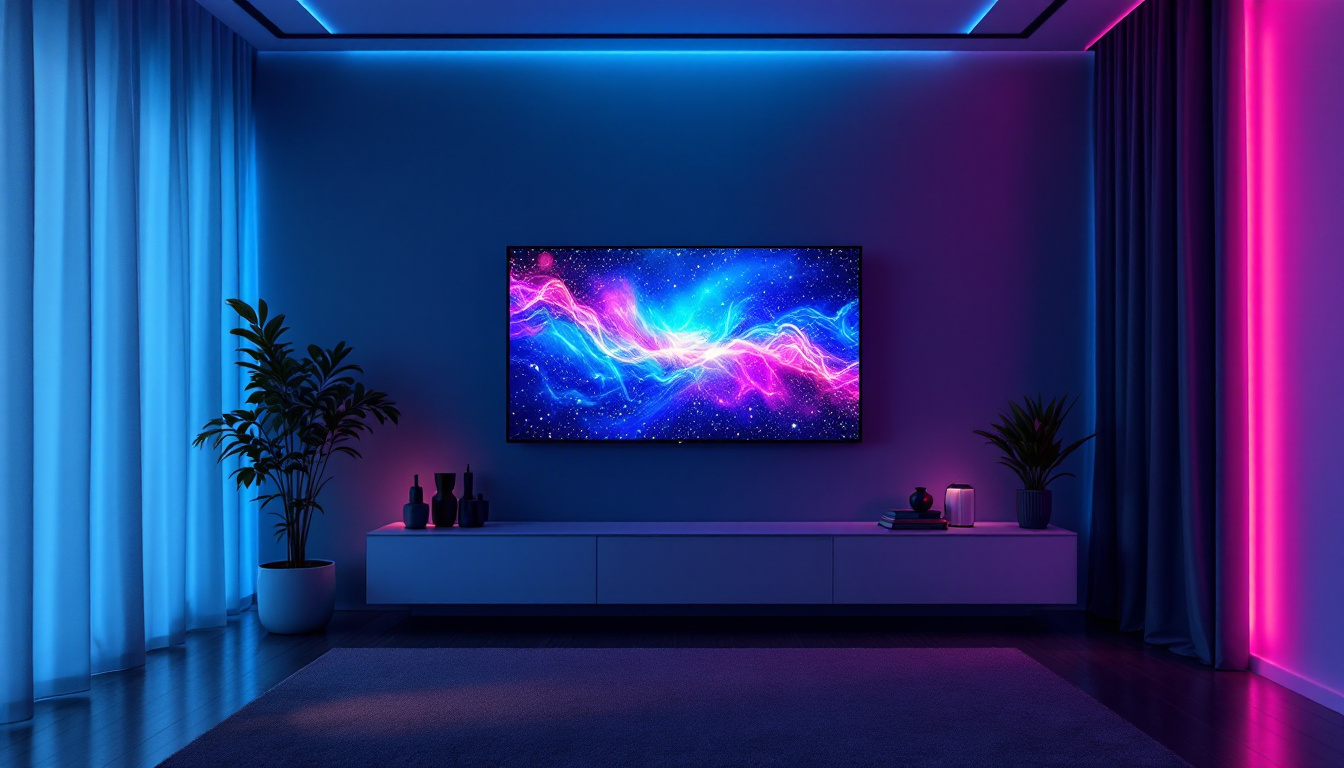Difference Between LCD Monitor And LED Monitor: LED Display Explained
In the realm of computer displays, two terms often arise: LCD (Liquid Crystal Display) and LED (Light Emitting Diode). While many people use these terms interchangeably, understanding their differences can significantly impact your choice of monitor. This article delves into the distinctions between LCD and LED monitors, exploring how each technology works, their advantages, and their applications.
Understanding LCD Technology
What is an LCD Monitor?
LCD monitors utilize liquid crystals sandwiched between two layers of glass or plastic. When an electric current passes through the liquid crystals, they align in a way that allows light to pass through or be blocked, creating images on the screen. The backlight, typically fluorescent, illuminates the display, providing the necessary brightness.
LCD technology has been around for decades and has evolved significantly, leading to improved image quality and energy efficiency. However, the reliance on fluorescent backlighting can sometimes limit the color accuracy and contrast ratios compared to newer technologies. In recent years, advancements such as LED backlighting have emerged, enhancing the overall performance of LCD monitors. LED backlighting not only improves brightness and contrast but also contributes to a more vibrant color palette, making images appear more lifelike. This shift has allowed LCD monitors to remain competitive in a market increasingly dominated by OLED and other display technologies.
Advantages of LCD Monitors
One of the primary benefits of LCD monitors is their thin profile and lightweight design, making them easy to mount or move. They also consume less power compared to older CRT (Cathode Ray Tube) monitors, which were bulky and energy-intensive. Additionally, LCD monitors are known for their sharp image quality, especially at higher resolutions. This clarity makes them ideal for tasks that require precision, such as graphic design or video editing, where color accuracy and detail are paramount.
Another advantage is their affordability. As technology has advanced, the cost of LCD monitors has decreased, making them accessible to a broader audience. This affordability, combined with decent performance, makes LCD monitors a popular choice for everyday computing tasks. Furthermore, many LCD monitors come equipped with features such as adjustable stands, built-in speakers, and multiple connectivity options, catering to a variety of user needs. The versatility of LCD monitors makes them suitable not only for home and office use but also for gaming and multimedia consumption, appealing to a wide range of consumers.
Exploring LED Technology
What is an LED Monitor?
LED monitors are essentially a type of LCD monitor that uses LED backlighting instead of traditional fluorescent lights. This change in backlighting technology allows for greater control over brightness and contrast. In some cases, LED monitors can utilize local dimming, where specific areas of the screen can be dimmed or brightened independently, enhancing the overall picture quality.
There are two main types of LED backlighting: edge-lit and full-array. Edge-lit LED monitors have LEDs positioned along the edges of the screen, while full-array LED monitors feature a grid of LEDs behind the entire display. Full-array monitors generally provide better contrast and color accuracy due to their ability to control lighting more precisely. Additionally, some modern LED monitors incorporate advanced technologies like Quantum Dot or OLED, which can further enhance the viewing experience by providing deeper blacks and a wider color gamut, making them ideal for high-definition content consumption.
Advantages of LED Monitors
LED monitors offer several advantages over traditional LCDs. One of the most notable benefits is improved energy efficiency. LED backlighting consumes less power, which can lead to lower electricity bills and a reduced environmental impact. This energy efficiency not only benefits consumers but also contributes to a more sustainable future as manufacturers increasingly focus on eco-friendly production methods.
Furthermore, LED monitors often deliver superior color accuracy and contrast ratios, resulting in more vibrant images. This makes them particularly appealing for graphic designers, photographers, and gamers who require precise color representation and sharp details. The fast response times of LED technology also minimize motion blur, making these monitors suitable for fast-paced gaming and action movies. As a result, users can enjoy a more immersive experience, whether they are editing photos, playing the latest video games, or watching their favorite films. Additionally, many LED monitors now come equipped with features such as adjustable color settings and blue light filters, which help reduce eye strain during prolonged use, catering to the needs of those who spend long hours in front of their screens.
Key Differences Between LCD and LED Monitors
Backlighting Technology
The most significant difference between LCD and LED monitors lies in their backlighting technology. While LCD monitors typically use fluorescent backlighting, LED monitors utilize light-emitting diodes. This distinction affects not only the brightness and energy consumption but also the overall image quality.
LED backlighting allows for better control of light distribution, which can enhance contrast and color depth. As a result, LED monitors often produce more vivid images compared to standard LCDs. Additionally, the ability to implement local dimming in full-array LED monitors can further improve picture quality by enhancing dark scenes. This feature is particularly advantageous in environments with varying lighting conditions, as it allows the monitor to adapt and maintain optimal viewing experiences regardless of external light sources.
Image Quality and Color Accuracy
When it comes to image quality, LED monitors generally outperform traditional LCDs. The use of LED backlighting enables a wider color gamut and better contrast ratios. This is particularly important for tasks that require high precision, such as photo editing or video production, where accurate color representation is crucial.
Moreover, LED monitors can achieve deeper blacks due to their ability to dim specific areas of the screen. This feature is especially beneficial for viewing movies or gaming, where dark scenes can appear more lifelike and immersive. Furthermore, advancements in technology have led to the development of HDR (High Dynamic Range) capabilities in many LED monitors, allowing for an even greater range of colors and brightness levels. This enhancement provides users with a more dynamic and engaging visual experience, making it a popular choice among gamers and content creators alike.
Energy Efficiency and Lifespan
Energy efficiency is another area where LED monitors have the upper hand. LED backlighting consumes significantly less power than traditional fluorescent backlighting, making LED monitors a more eco-friendly choice. This efficiency not only benefits the environment but also translates to lower energy costs for users.
In terms of lifespan, LED monitors also tend to last longer than their LCD counterparts. LED technology is less prone to degradation over time, resulting in a more durable display that maintains its brightness and color accuracy for a longer period. Additionally, many LED monitors come equipped with features that allow users to adjust brightness settings, which can further extend the lifespan of the display by reducing wear on the backlighting components. This adaptability not only enhances user experience but also contributes to the overall value of investing in an LED monitor, making it a wise choice for both casual users and professionals who rely on consistent performance over time.
Applications of LCD and LED Monitors
Where LCD Monitors Shine
LCD monitors are well-suited for a variety of applications, particularly in office environments and for general computing tasks. Their affordability and decent performance make them an excellent choice for everyday use, such as word processing, web browsing, and casual gaming.
Additionally, LCD monitors are often used in educational settings and for basic graphic design work. While they may not offer the same level of color accuracy as LED monitors, they can still deliver satisfactory results for less demanding tasks.
LED Monitors in Professional Settings
LED monitors are increasingly favored in professional settings, particularly in fields such as graphic design, photography, and video editing. Their superior color accuracy and contrast ratios make them ideal for tasks that require precise visual representation.
Furthermore, gamers often prefer LED monitors due to their fast response times and vibrant colors, which can enhance the gaming experience. The ability to achieve high refresh rates and low input lag makes LED monitors a popular choice among competitive gamers.
Choosing the Right Monitor for Your Needs
Factors to Consider
When deciding between an LCD and an LED monitor, several factors should be taken into account. First and foremost, consider the primary use of the monitor. For casual use, an LCD monitor may suffice, offering a balance of performance and cost. However, for professional applications or gaming, an LED monitor is likely the better choice due to its superior image quality and responsiveness.
Additionally, budget constraints should be considered. While LED monitors generally offer better performance, they can also come with a higher price tag. Assessing how much you are willing to invest in a monitor can help narrow down your options.
Future Trends in Display Technology
The landscape of display technology is constantly evolving, with advancements in both LCD and LED technologies. Emerging technologies such as OLED (Organic Light Emitting Diode) and Mini-LED are gaining traction, offering even better color accuracy, contrast, and energy efficiency.
As these technologies continue to develop, they may redefine the standards for display quality and performance. Staying informed about these trends can help consumers make educated decisions when purchasing new monitors in the future.
Conclusion
In summary, while both LCD and LED monitors serve the fundamental purpose of displaying images, they do so using different technologies that result in varying performance and quality. Understanding the differences between these two types of monitors is essential for making an informed decision based on individual needs and preferences.
Ultimately, whether opting for an LCD or an LED monitor, it is crucial to consider factors such as image quality, energy efficiency, and intended use. As technology continues to advance, consumers will benefit from an ever-expanding range of options tailored to meet their specific requirements.
By staying informed about the differences between LCD and LED monitors, individuals can select the most suitable display for their needs, ensuring a satisfying and productive experience.
Discover Cutting-Edge LED Displays with LumenMatrix
As you consider the benefits of LED technology for your display needs, take the opportunity to experience the pinnacle of innovation with LumenMatrix. Specializing in a wide array of LED display solutions, from Indoor and Outdoor LED Wall Displays to dynamic Vehicle and Sports LED Displays, LumenMatrix is committed to transforming your visual communication. Whether you’re looking to captivate your audience with a Custom LED Display or streamline your message with an All-in-One LED Display, LumenMatrix has the expertise to bring your vision to life. Check out LumenMatrix LED Display Solutions today and see how they can enhance your brand visibility and create unforgettable visual experiences.





